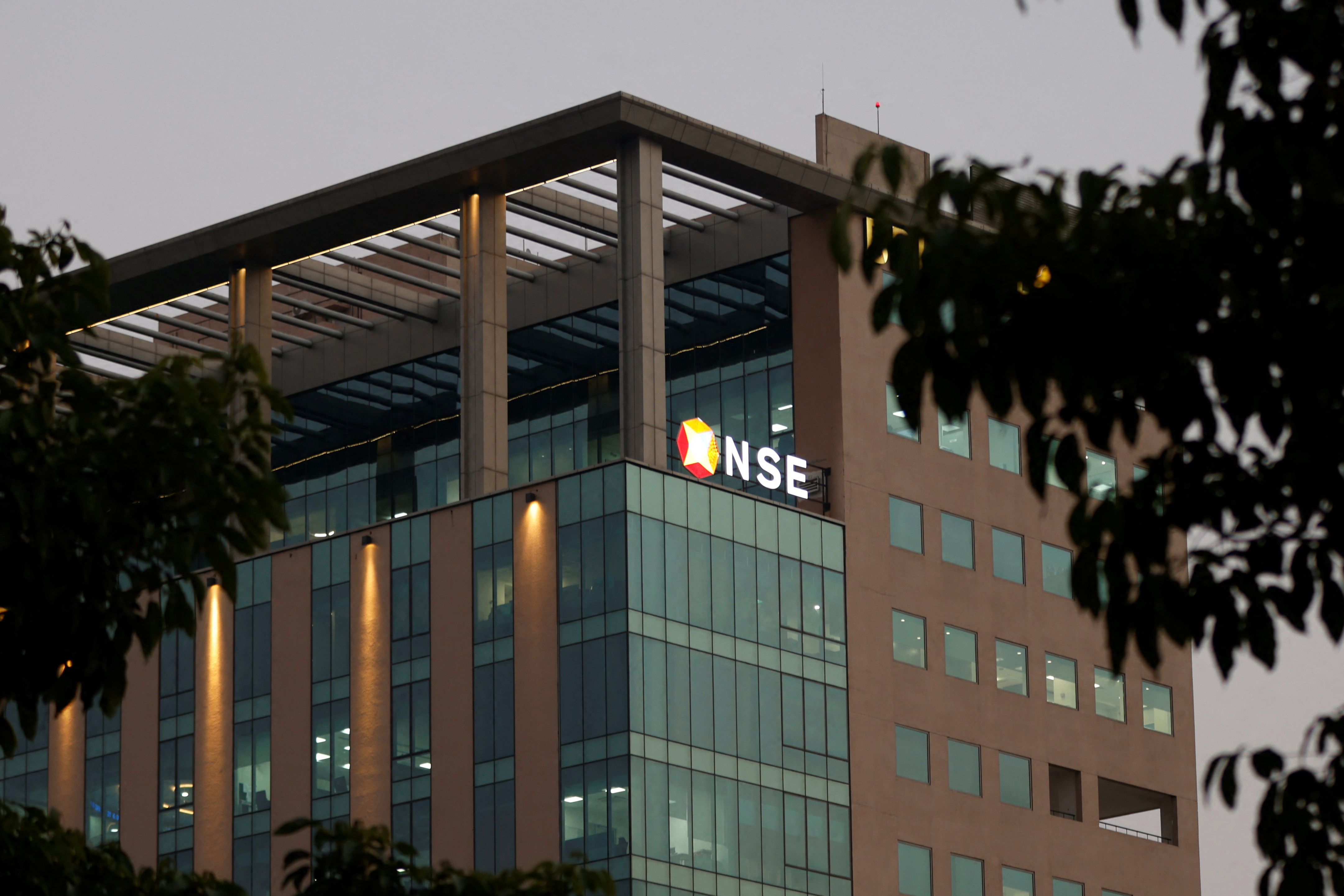Glitch on Wall Street: Not Your Usual Market Day
On an ordinary trading day, a technical glitch at the NYSE led to a temporary and monumental fall in the share prices of several notable companies, stirring up a mix of confusion and concern among investors.
Published June 04, 2024 - 00:06am

Image recovered from wnd.com
A technical anomaly at the New York Stock Paid Exchange (NYSE) created an absurd panorama where reputed stocks appeared to lose almost their entire value in a heartbeat. Berkshire Hathaway, the conglomerate headed by billionaire investor Warren Buffett, and other companies such as Barrick Gold and Nuscale Power, witnessed their shares plunge nearly 100% during Monday's trading session.
This unprecedented drop was linked to inaccuracies in the price-bands published by the Consolidated Tape Association and quickly prompted the NYSE to halt trading for the affected securities. The halts are part of the exchange's protective measures against market volatility and unstable price movements, known as the Limit Up-Limit Down mechanism, which acts when a stock's price swings beyond set boundaries.
Despite the temporary pandemonium, the NYSE clarified the issue, attributing it to a technical glitch rather than actual market movements. The exchange emphasized that the incident, while startling, was short-lived – resolved before noon ET, and normal trading resumed promptly. Such errors underscore the technological dependencies of modern financial systems and serve as a stark reminder of the potential disruptions that can arise.
While the exact reasons behind the miscalculation remain under investigation, the NYSE assured that the mishap was not a result of cyber interference. Market watchers noted that, though such hiccups are rare, they serve as a caution against hasty reactions to irregular price information.
In the recent past, the US stock exchanges have been transitioning to one-day settlements, aiming to enhance market efficiency. However, sporadic events like this indicate that the technological complexity of these systems still poses risks of unforeseen errors.
The sudden plunge in some of the world's most stable stocks sent a ripple of unrest through the financial community, highlighting the fragility of even the most robust financial architectures. The NYSE's quick response in pausing trading allowed for a system check and a swift reassurance to investors that their assets were not evaporating into thin air.
This incident acts as a wake-up call for exchanges globally to reassess their operational vulnerabilities. As markets become increasingly digitized, reliance on intricate software and algorithms has accelerated, outpacing the checks and balances needed to ensure their reliability. Consequently, errors, although not common, could have far-reaching consequences if not managed appropriately.
Investor confidence is paramount in the operations of financial markets, and episodes such as this can shake the foundations of trust that took decades to build. It is for this reason that industry regulators and stock exchange operators are constantly reviewing and updating protocols to mitigate the recurrence of these anomalies. Post-incident analysis and improvement plans are critical in preventing similar glitches in the future.
The broader context of the U.S. economy also plays a role in the interpretation of these system malfunctions. With the market already attuned to the slightest of instabilities, due to factors like inflation pressures, interest rate hikes, and geopolitical tensions, the NYSE's glitch has provided an unwelcome distraction. It puts additional pressure on exchange authorities to not only fix the immediate issues but also to bolster their systems against a range of vulnerabilities including technological faults, human error, and external threats.
Technological advancements have revolutionized the way stocks are traded, with a majority of transactions now conducted electronically. This shift toward high-frequency trading and automated systems has greatly enhanced market liquidity and efficiency. Yet, it has also introduced complexities that require ongoing attention and refinement. The NYSE's recent scare may serve as a catalyst for further innovation in the creation of resilient systems that can withstand both known and unforeseen challenges.
As the NYSE continues to analyze the root cause of the error, it is expected to introduce measures designed to fortify its systems and restore the shaken confidence of the investment community. In an era where digital infrastructure undergirds financial stability, such incidents underline the need for relentless scrutiny and advancement in the technologies that drive our markets. In essence, as we edge further into the digital age, safeguarding the integrity of stock exchanges is tantamount to ensuring the health of the entire economic framework they support.






